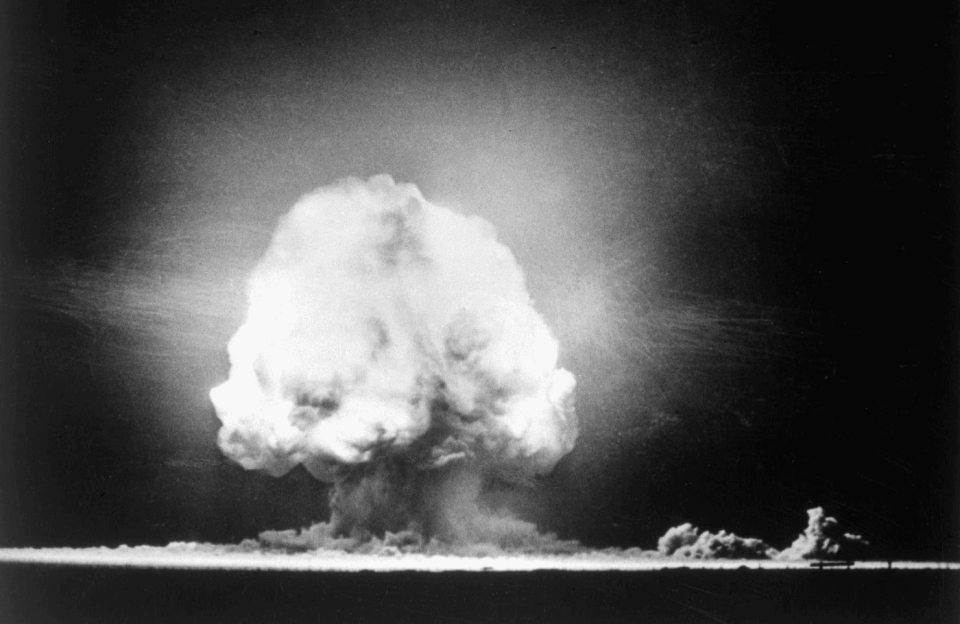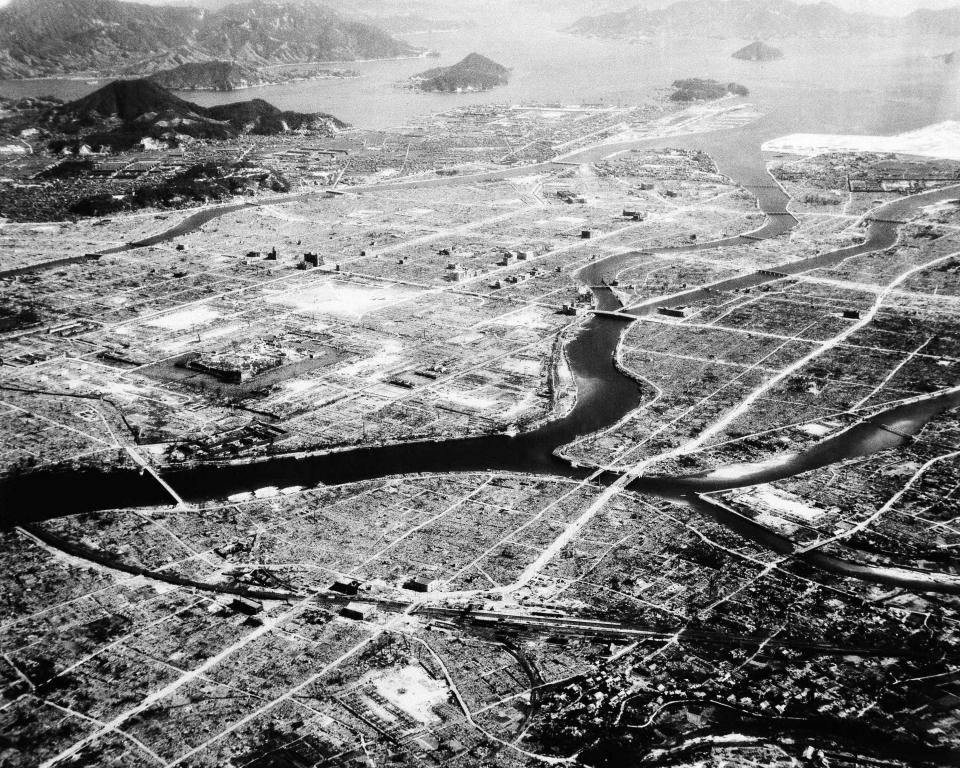Did the first atomic bomb have ties to the Augusta area? Here's what to know
Christopher Nolan's historic epic "Oppenheimer" is out in theaters this weekend. It illustrates the birth of the atomic age as scientists work to create the first nuclear bomb, which would go on to devastate Japan and end World War II. It's an incredible story with ties to the Augusta area.
According to Augusta Chronicle records, multiple locals were near the atomic bomb's development or explosion. Among them was Edwin Roberts Russell, a research chemist at Savannah River Site for 22 years, according to his 1996 obituary. He was one of few Black men on the Manhattan Project, and while he did not work on the bomb itself, he helped devise techniques for purifying uranium ore and isolating an unknown element later called plutonium. In a 1994 interview, Russell explained how he never regretted his role.
"All we wanted to do is stop the fighting," he said.
'A new passion for me': Falcon Quest birds bring awe-inspiring aerials to Augusta area
Titanic Ties: Here's a look back at the sinking of the Titanic's Augusta-area impact
Another local with strong ties was Col. Gerald Tyler with the Corps of Engineers who was born and raised in the Upper Three Runs area of Aiken County which is south of New Ellenton, according to an issue from August 1945. For about one year, Tyler was commanding officer of the U.S. Army installation in Santa Fe, New Mexico where much of the development and experimental work for the bomb was conducted.
Augustans were given an inside look at the bomb's creation in the fall of 1945. According to an advertisement at the time, a complete camera study of the bomb including footage of it being tested was screened alongside Gregory Peck's dramatic romance "The Valley of Decision" at the Miller Theater.

The bomb was used in Hiroshima and Nagasaki, Japan, where it killed thousands of people. An Augusta Marine was almost one of them.
Lt. Col. Donald Spicer commanded the U.S. Marine forces in Guam and was part of the 19th Battalion which was organized in Augusta. In 1941, he was captured and imprisoned through out the remainder of the war, during which he was reportedly in the Hiroshima area during the bombing. While the details surrounding Spicer's exact proximity to the explosion are unclear, he survived and returned to Augusta for multiple visits, giving detailed accounts of his time behind bars which were recorded by the Chronicle.
"The biggest lesson that most of us learned while we were in that prison camp was patience," Spicer said. "Herded together as we were, it was only natural that we should become irritable and impatient; but we had to learn tolerance and patience, or go under."

While he was spared, Harold Timmerman of North Augusta was an eyewitness to the destruction. Timmerman was a flight engineer on a plane carrying military and civilian news correspondents over Hiroshima the day after the bombing. In a 1995 issue marking the 50th anniversary, he recalled the dark cloud drifting 200 miles away and the sheer obliteration he saw as they drew closer.
"There were no standing, crumbling buildings," Timmerman said. "It was all so neat and level and looked so orderly. It was hard to believe."
The Manhattan Project's lasting connection to the area continues to be Savannah River Site, which was built in the early 1950s to produce the basic materials for nuclear weapons. SRS produced about 36 metric tons of plutonium from 1953 to 1988, at which point the reactors were shut down, according to the South Carolina Encyclopedia. Today, SRS continues to support America's nuclear defense by processing and storing materials.
This article originally appeared on Augusta Chronicle: Augusta has multiple ties to the Manhattan Project noted in Oppenheimer

